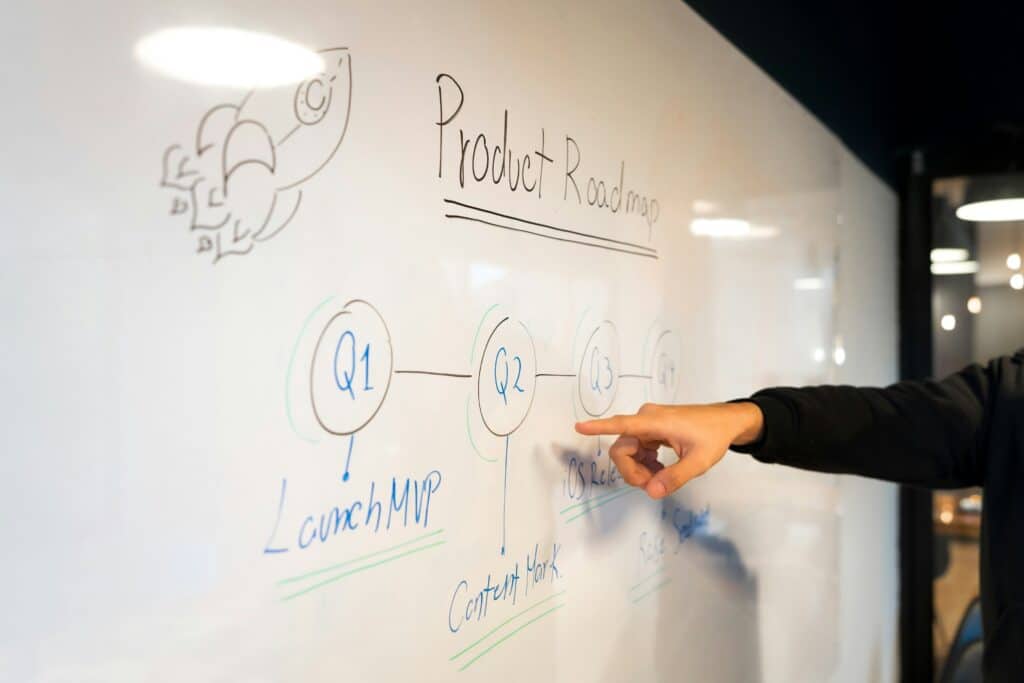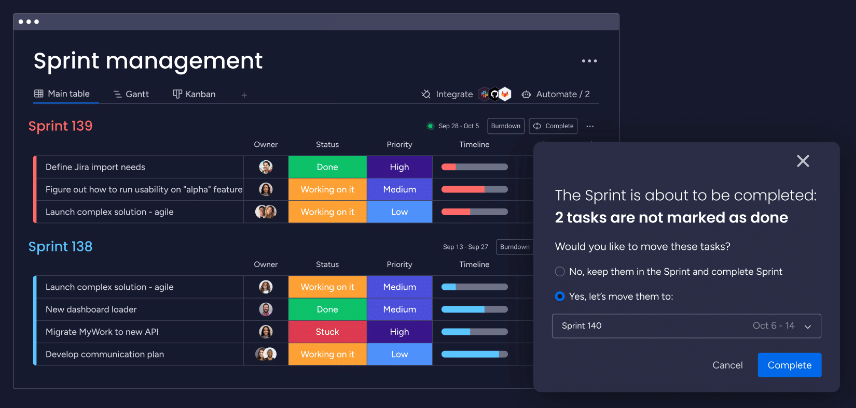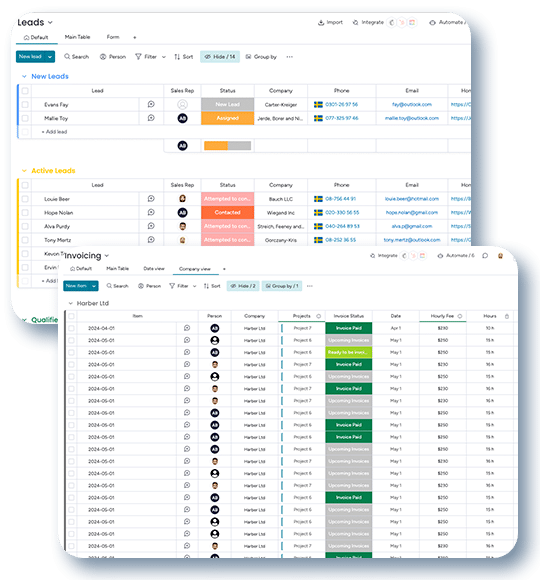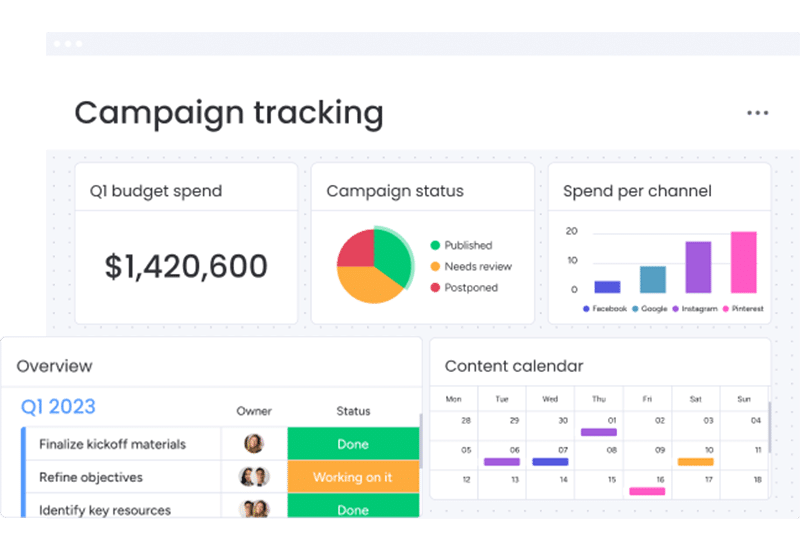Introduction
In today’s fast-paced business environment, choosing the right project management methodology can be the difference between success and failure. Whether you’re managing a small team or overseeing multiple projects in a large organization, you’ve likely encountered the debate between Agile and Waterfall methodologies. Understanding the nuances of these approaches is critical for effective project management and, ultimately, for the success of any business endeavour. So, the question arises; Agile vs. Waterfall: Which project management methodology to adopt?
The Importance of Choosing the Right Methodology
Project management isn’t just about assigning tasks and tracking hours; it’s about delivering value to clients and stakeholders. A well-chosen methodology helps ensure that you’re not just doing work, but the right work. But with methodologies like Agile and Waterfall offering different pros and cons, how do you decide which is the best fit for your project needs? This blog aims to dissect the Agile vs. Waterfall debate, shedding light on their differences, benefits, and drawbacks to help you make an informed decision.
Navigating the Agile vs. Waterfall Debate
For many years, the project management space has been largely dominated by these two methodologies. While Agile promises flexibility and adaptability, Waterfall offers a structured, linear approach. Each has its merits and drawbacks, and each has been successfully employed across various industries and project types. But the question remains: Agile vs. Waterfall: Which project management methodology to adopt?
By the end of this post, you will gain insights into the core principles, advantages, and typical use cases for both methodologies, as well as practical tips for choosing between them. Whether you’re a project manager, a C-suite executive, or an entrepreneur, this guide will equip you with the knowledge to select the methodology that aligns best with your business objectives.
Overview of Agile Methodology
In the Agile vs. Waterfall debate, the Agile methodology often stands out for its flexibility and adaptability. Originating from the software development sector but now applied across various industries, Agile has become synonymous with responsiveness, collaboration, and customer-centricity. In this section, we’ll delve into the history, core principles, frameworks, and advantages of Agile, helping you understand if this methodology is the right fit for your projects.
History and Origins
Agile methodology was officially born out of the Agile Manifesto in 2001, although its roots trace back to iterative development practices used in the late 20th century. A group of software developers gathered to discuss lighter, more flexible approaches to project management, leading to the creation of the manifesto which prioritizes “individuals and interactions over processes and tools, working software over comprehensive documentation, customer collaboration over contract negotiation, and responding to change over following a plan.”
Core Principles
The Agile methodology is built around a set of core principles that focus on customer collaboration, iterative development, and flexibility to adapt to changes. The Agile Manifesto’s 12 principles offer a guiding philosophy for the mindset and practices involved. Key tenets include delivering functional products quickly, welcoming changing requirements, and maintaining a sustainable pace of work.
Common Frameworks
Agile isn’t a one-size-fits-all approach; it offers various frameworks to implement its principles. The most commonly adopted frameworks include:
- Scrum: A framework that divides work into time-bound iterations called Sprints.
- Kanban: A continuous flow model focusing on visual management and incremental improvements.
- Lean: A framework adapted from Lean Manufacturing, focusing on eliminating waste in the development process.
Key Advantages
The advantages of Agile lie primarily in its flexibility and adaptability:
- Quick to adapt to changes
- High customer involvement, leading to more satisfactory outcomes
- Better risk management due to iterative development
- Suited for projects where the end goal is not clearly defined at the outset
Typical Use Cases
While originally designed for software development, Agile has found its way into various sectors such as marketing, HR, and even construction. It’s particularly useful in projects that require rapid changes, involve significant customer or stakeholder interaction, and have ambiguous or unclear requirements.
Omnitas Newsletter
Sign up for our monthly newsletter to stay up-to-date on our latest blog articles, videos and events!
Thank you!
You have successfully joined our subscriber list.
Overview of Waterfall Methodology
In contrast to Agile, the Waterfall methodology offers a linear and sequential approach to project management. Established well before Agile, this methodology is rooted in traditional engineering practices and remains popular for projects that require meticulous planning and execution. In this part of our discussion on Agile vs. Waterfall, we’ll explore the history, core principles, stages, and advantages of the Waterfall methodology to help you gauge its applicability to your projects.
History and Origins
The Waterfall model originated in the manufacturing and construction sectors, where each project phase must be completed before the next one begins. It was later formally adapted to software development and other project-based tasks.
Core Principles
At its core, the Waterfall methodology is a sequential design process. It’s often viewed as a set of cascading phases, where progress “flows” in one direction—much like a waterfall. Key principles include:
- Requirement Analysis: All requirements are defined at the beginning.
- Predictability: Each phase has predefined deliverables and review processes.
- Documentation: Heavy emphasis on documentation at each stage.
Process Stages
In the Waterfall methodology, a project is typically divided into distinct stages, each with its objectives and review processes. These stages often include:
- Requirements gathering
- Design
- Implementation
- Testing
- Deployment
- Maintenance
Key Advantages
Waterfall’s structured approach offers several notable advantages:
- Ideal for projects with well-defined requirements and no anticipated changes.
- Easier to manage due to predictable timelines and deliverables.
- Well-suited for regulatory documentation and compliance.
- Facilitates in-depth documentation, making it easier to onboard new team members.
Typical Use Cases
Waterfall methodology is often selected for projects where precision and predictability are paramount. This includes industries like aerospace, healthcare, and construction, as well as projects that are heavily regulated or require substantial documentation.
Comparison: Agile vs. Waterfall
After diving into the individual overviews of Agile and Waterfall methodologies, it’s time to put them head-to-head. This section aims to objectively compare the two approaches across several key parameters, providing you with a nuanced understanding that can guide your decision-making process. So, let’s cut through the noise in the Agile vs. Waterfall debate and examine how they stack up against each other.
Flexibility and Adaptability
- Agile: Highly adaptable, allowing for changes even late in the project. Ideal for projects with evolving requirements.
- Waterfall: Less flexible as each phase is generally locked in, making changes costly or difficult.
Project Timeline
- Agile: Iterative cycles make it easier to provide partial but functional deliverables early in the project.
- Waterfall: Follows a linear sequence, usually delivering the project at the end of the timeline, which might be prolonged.
Budget and Cost Management
- Agile: Budget can fluctuate due to the adaptable nature of the project.
- Waterfall: Budgets are often defined at the beginning and are less likely to change.
Risk Management
- Agile: Easier to make adjustments, so risks can be mitigated as they arise.
- Waterfall: Risks are generally identified upfront, but changes mid-project are challenging.
Complexity and Size
- Agile: Best suited for projects where the end goal is not crystal clear or when the project is complex and long-term.
- Waterfall: Ideal for simpler projects or those with well-defined requirements and deliverables.
Team and Client Involvement
- Agile: Encourages ongoing client or stakeholder involvement throughout the project.
- Waterfall: Client involvement mainly occurs at the beginning and end of the project.

Choosing the Right Methodology
You’ve walked through the histories, principles, and comparative strengths and weaknesses of both Agile and Waterfall methodologies. But the ultimate question remains: Agile vs. Waterfall: Which project management methodology to adopt? Choosing the right methodology is not just a theoretical exercise; it has real-world implications for how efficiently and effectively you can complete a project. This section will guide you through key considerations and practical steps for making that choice.
Assess Project Requirements
The first step in choosing a methodology is to conduct a thorough assessment of your project’s requirements.
- Agile: Best suited for projects with unclear or evolving requirements.
- Waterfall: A better fit for projects with well-defined requirements and little scope for change.
Consider Your Team’s Expertise
Your team’s familiarity with a given methodology can be a deciding factor.
- Agile: Requires a high level of expertise and self-organization among team members.
- Waterfall: Easier to manage if the team is accustomed to a hierarchical structure and well-defined roles.
Evaluate Stakeholder Involvement
Stakeholder involvement can greatly influence your choice of methodology.
- Agile: Ideal if the client or stakeholders wish to be closely involved throughout the project.
- Waterfall: Suitable for projects where stakeholder input is limited to the beginning and end phases.
Think About Timeline and Budget Constraints
Your timeline and budget can also determine which methodology is more feasible.
- Agile: Suitable for projects where initial budget estimates might be vague and timelines are flexible.
- Waterfall: More suitable when you have a fixed budget and a clear deadline.
Regulatory and Compliance Factors
Some industries have strict regulatory requirements that might influence your choice.
- Agile: May require additional steps to ensure compliance due to its flexible nature.
- Waterfall: Often preferred in industries like healthcare, aerospace, and construction, where compliance and documentation are critical.
Common Mistakes to Avoid
Selecting a project management methodology is only the first step; implementing it effectively is the real challenge. As we wrap up our discussion on Agile vs. Waterfall: Which project management methodology to adopt?, it’s crucial to address some of the common pitfalls that organizations often encounter, regardless of the methodology they choose. Understanding these mistakes can help you avoid them, setting the stage for a more successful project outcome.
One-Size-Fits-All Approach
- Agile: Assuming Agile will work for all types of projects can lead to inefficiency and chaos.
- Waterfall: Thinking that the structured nature of Waterfall makes it universally applicable can result in rigidity and lack of adaptability.
Ignoring Team Dynamics
- Agile: Underestimating the need for skilled and self-organizing team members can impede progress.
- Waterfall: Overlooking the importance of clear communication hierarchies can lead to mismanagement.
Neglecting Stakeholder Involvement
- Agile: Overemphasizing team autonomy at the expense of stakeholder feedback can derail the project.
- Waterfall: Neglecting to involve stakeholders until the very end can result in a product that doesn’t meet expectations.
Inadequate Risk Management
- Agile: Assuming that the flexibility of Agile eliminates the need for risk assessment is a common mistake.
- Waterfall: Failing to account for potential changes and challenges after the project starts can lead to costly revisions.
Skimping on Documentation
- Agile: While Agile emphasizes working software over comprehensive documentation, completely ignoring the latter can create issues later.
- Waterfall: Excessive focus on documentation can slow down the project and reduce flexibility.
Mixing Methodologies Without Proper Planning
Hybrid models like Water-Scrum-Fall are becoming popular but mixing methodologies without understanding their core principles can lead to confusion and inefficiency.
Conclusion
As we conclude our comprehensive guide on Agile vs. Waterfall: Which project management methodology to adopt?, it’s clear that there is no one-size-fits-all answer. Both Agile and Waterfall come with their own sets of advantages and limitations, making each suitable for specific kinds of projects and organizational needs. Your choice will inevitably depend on a myriad of factors, from project scope and team dynamics to stakeholder involvement and compliance requirements.
Key Takeaways
In summarizing the critical points of our discussion:
- Agile: Best for projects that require flexibility, iterative development, and continuous stakeholder involvement.
- Waterfall: Ideal for projects with well-defined requirements, a set timeline, and where compliance and documentation are crucial.
The Importance of Informed Decision-Making
Choosing a project management methodology is a significant decision that can impact your project’s success and your organization’s efficiency. Therefore, taking the time to assess all the various factors thoroughly is not just advisable but essential.
While theories and guidelines can provide a framework, the ultimate success in selecting and implementing a project management methodology lies in your ability to adapt, learn, and refine your approach. Both Agile and Waterfall have their merits, but it’s how you employ them that makes the difference.
If you liked this article, make sure to subscribe to our monthly newsletter to receive updates on similar articles and videos from us.














